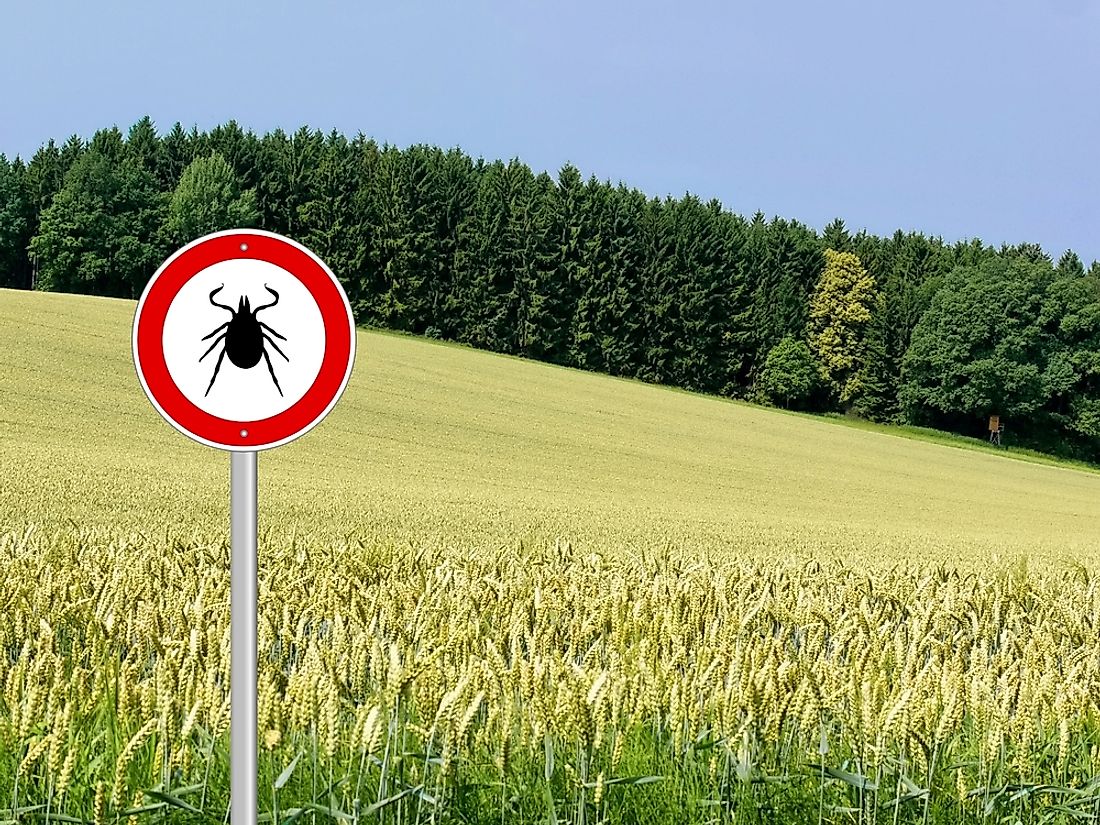What is Lyme Disease?

Description of Lyme Disease
Lyme disease is a bacterial infection. It spreads to humans when they are bitten by infected ticks of the Ixodes genus. The transmission of the disease often occurs in the nymphal stage of the ticks’ development. During this stage, the ticks are small in size and can feed for long without being noticed. The disease is more predominant in the UK, some parts of North America, and parts of Europe. Approximately 2,000-3,000 cases of Lyme disease are reported in Wales and England annually. Lyme disease is completely treatable if detected early by doctors.
Signs and Symptoms
Signs and symptoms of the Lyme disease depend on the stage of infection. However, the common symptoms include arthirits, fever, facial paralysis, and a rash. During the early stages of infection, between three to thirty days after a tick bite, the symptoms include fatigue, swollen lymph nodes, headache, chills, muscle and joint aches, and fever. As the infection becomes more severe, the symptoms intensify. They include short-term memory loss, dizzines, facial palsy, neck stiffness, severe headaches, erythema migrans (EM), rash, and shortness of breath.
Treatment
One should seek treatment whenever they are bitten by a tick. Furthermore, in any case an individual experiences one or more of the symptoms of Lyme disease, they should also seek medical attention. In the early stages of Lyme disease, patients recover completely if antibiotics are administered to them. Examples of antibiotics used are amoxicillin, doxycycline, and cefuromexine axetil. Drugs that can be given to patients who experience neurological comlications include penicillin and ceftriaxone. Treatment of Lyme disease takes two to three weeks to be completed.
Diagnosis and Testing
Diagnosis of Lyme disease is based on two factors. The first factor is the signs and symptoms the patient is experiencing. The second factor relates to a person’s history of possible exposure to the disease. Laboratory blood tests are a good way of testing for the Lyme disease especially when the patient is showing symptoms of infection. However, blood tests are usually negative during the early stages of the disease. Therefore, care should be applied to avoid misdiagnosis.
Prevention of Lyme Disease
Prior to 2002, there was a Lyme disease vaccine. However, the manufacture of the vaccine was discontinued due to low demand. The second method of prevention is to avoid exposure to ticks at all costs. More vigilance needs to be applied in the months of April to September because ticks are very active during this timeframe. The third prevention method is to have a thorough shower and remove all ticks from one’s body or clothes in case of any indoor contact with them. In addition, clothes should be washed and dried under high temperatures to kill the ticks. Fourthly, the environment should also be kept clean. Tall grasses should be cut down and lawns should be frequently mowed Tick repellents which prevent one from having any contact with ticks are also available. The repellents should have more than 20% of DEET, IR3535, or picaridin. In application of the repellents, contact with the eyes, hands, and mouth should be avoided.







